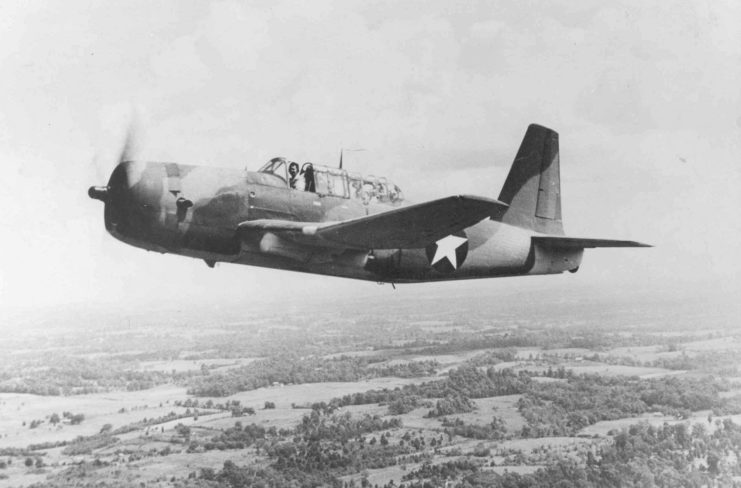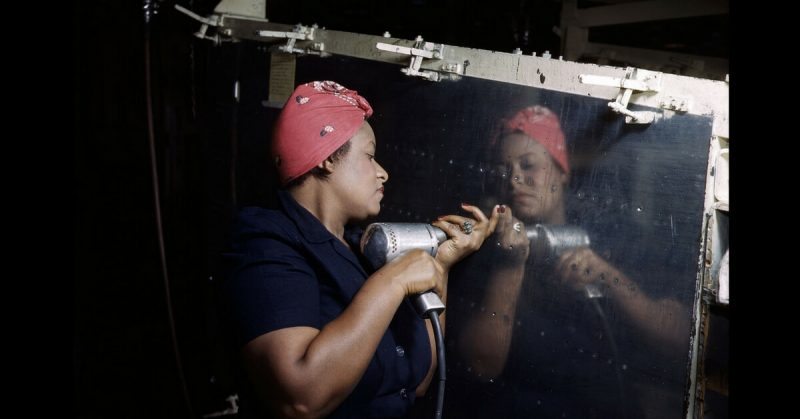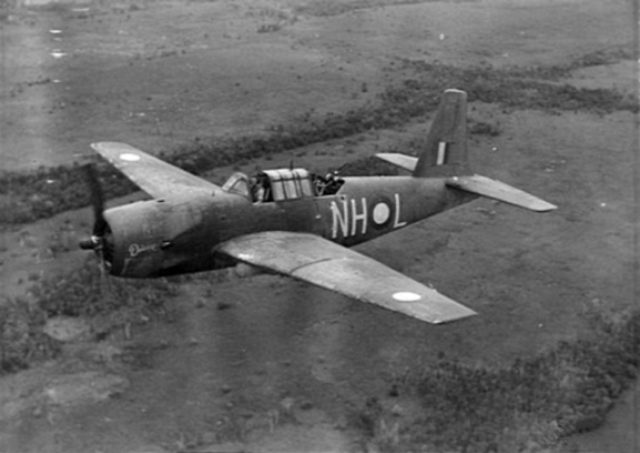When people talk about aircraft used in WWII, most remember the German Stuka dive-bomber used to great effect very early in the war, but both sides of the conflict made use of dive-bombers. The Vultee A-31 Vengeance was the dive-bomber of the Allies. It had a short-lived career, however, and did not become an enduring feature of war.
The Development of the Vengeance
The Luftwaffe defined the place of dive-bombers in WWII. Their Stuka pilots had gained combat experience during the Spanish Civil War when they supported Franco’s right-wing troops. It taught the Germans useful lessons in how to use the aircraft.
The French needed dive-bombers of their own. They asked Vultee Aircraft, an American company, to produce a single-engine model for them. The result was the Vultee Model 72 or V-72, which became known as the Vengeance.
The lessons learned in Spain were put into practice by the Luftwaffe during Germany’s blitzkrieg attacks on Poland and then France. Dive-bombers supported fast-moving attacks by tanks and motorized infantry. The downfall of France shaped the future of the V-72. The French government, having surrendered to the Germans, was no longer in a position to buy their order of V-72s. Vultee Aircraft had a product but no purchaser.
At that point, the British government stepped in. Having seen what the Stukas achieved against them and their allies, they wanted a purpose-built dive-bomber. The V-72 was the only readily available option. They placed an initial order for 200, followed by a further order for another 100.
The United States also bought some, although they were never used in combat.
British Service
By the time the RAF received its first shipment of V-72s, the British were rethinking their interest in the dive-bomber.
The Battle of Britain had been a major proving ground for aircraft. During the summer and fall of 1940, months of intense aerial combat established what made a good plane.
German Stukas played a part in that battle. In the process, they exposed their weakness. Given a safe attack run, they could hit hard and fast against ground targets, but against an enemy air force, they were vulnerable to attacks by fighters. Experience in North Africa where the ground war continued after the fall of France confirmed the weakness. Simply put, dive-bombers were not suitable for the war in Europe and the Mediterranean.
The V-72s were already on their way, so the British sent them to Burma, where they proved useful in the war against invading Japanese forces. Although they were useful in Asia, the production of more versatile fighter-bombers meant the V-72s were taken off front-line service in 1944. From then on, they were used as target practice.
Service Elsewhere
Britain was the leading user of the Vengeance, but it was not the only one.
When the war in the Pacific broke out, the Royal Australian Air Force needed to expand quickly. 400 V-72s were ordered. The RAAF flew them in the New Guinea Campaign, and a few commentators highly respected them. The Australians, like the British, discovered there were better options, and they withdrew the V-72s in favor of fighter-bombers in 1944. The remaining planes were used for communication or as targets.
The Free French received several dozen V-72s in 1943. Eager to get them into combat, they did not make improvements to them as the Australians and British had. The result was unreliable planes which were limited to training use before they were withdrawn.
Brazil bought 33 V-72s, which they used for submarine-hunting patrols. Like other countries, they phased them out within a few years.
Pros of the Vengeance
Although its career was short-lived, the Vengeance had some advantages as a combat aircraft.
It provided valuable aerial support for fast-moving ground troops. WWII was a more mobile conflict than WWI. Artillery could not always keep up with the advancing troops. Dive-bombers and fighter-bombers provided a substitute, bombing enemy armor, and fortified positions.

In the jungles of Asia, the dive-bomber found a new edge. It destroyed small, well-hidden targets that other aircraft struggled to reach.
As a dive-bomber, the V-72 was rugged and stable. Pilots found it a pleasure to fly, even with a full bomb load.
Its main advantage, however, was simply that it was available. The Allies had not anticipated the brief but vital role dive-bombers played, and so had to take whatever they could get.
Problems with the Vengeance
What they got was a plane with many challenges. The cooling system was unreliable, something the British had to solve to keep their planes in the air, and which cropped up again for the Free French. The large radial engine, together with the positioning of the cockpit and nose, made for poor visibility. The plane was stable, but its center of gravity was thrown off if the rear cockpit was open and did not contain a gunner.
They were significant problems, although ones that could be overcome. What sunk the V-72 was a problem with dive-bombers in general.
Stukas had been very effective when they were the only aircraft in the skies. Once the air was filled with fighters and flying bullets, dive-bombers were vulnerable. Although equipped with guns, they could not hold their own against fighters or fighter-bombers.
The V-72s period in service was a brief and ignoble one. In just the right circumstances, however, it was a valuable weapon of war.

